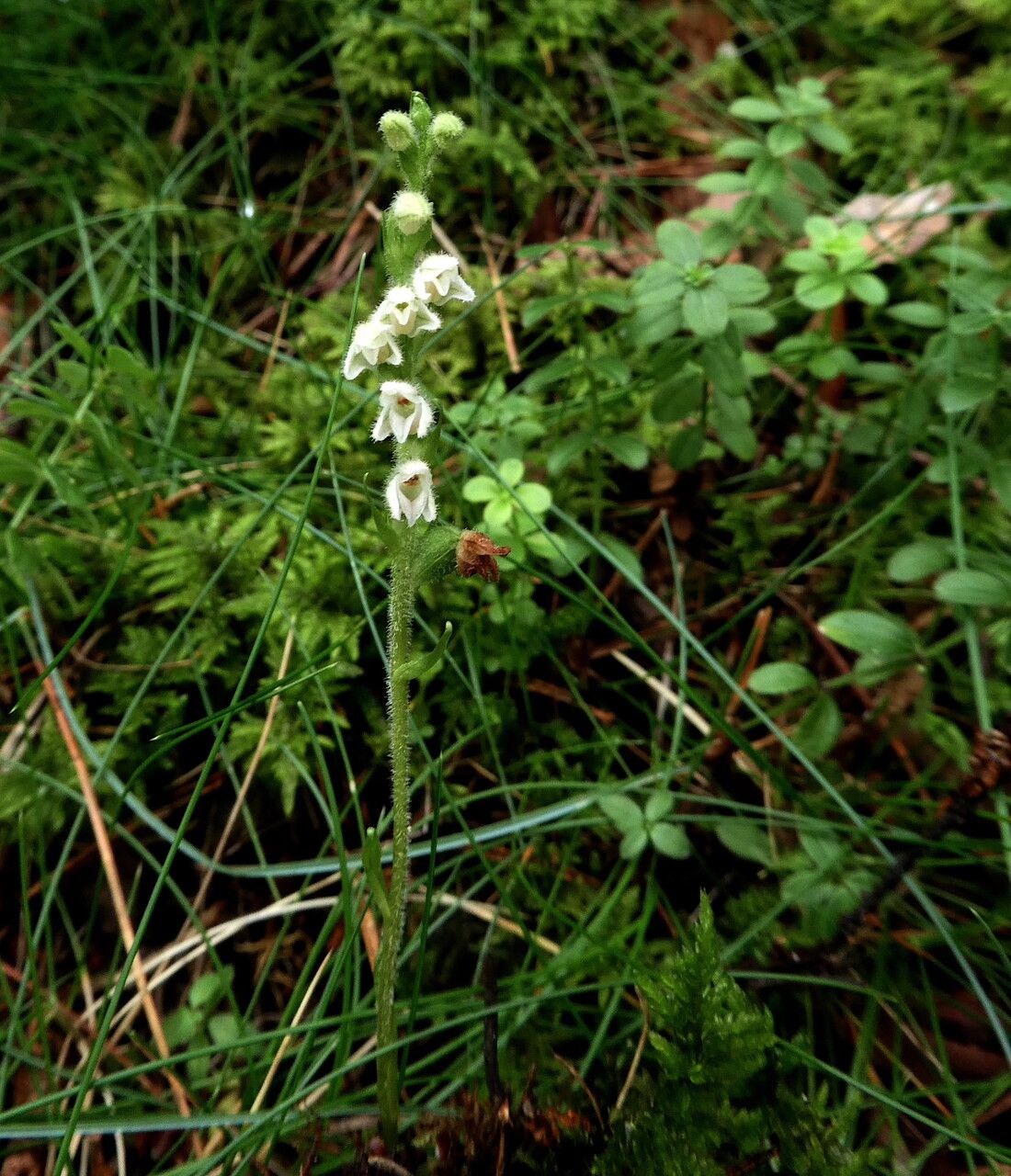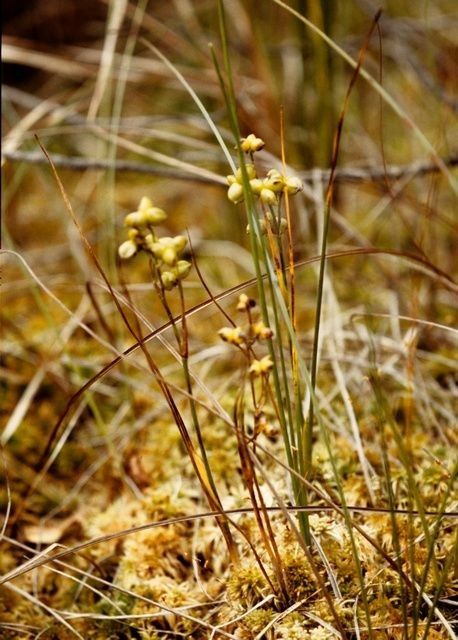### Creeping Lady's Tresses: An Enchanting Orchid
The Creeping Lady's Tresses, *Spiranthes repens*, is a captivating terrestrial orchid belonging to the Orchidaceae family. Unlike many of its flamboyant relatives, this delicate beauty boasts understated elegance. Its slender, spiraling flower stems, adorned with tiny, creamy-white blossoms, create a mesmerizing display. This species is valued for its rarity and unique aesthetic, making it a highly sought-after addition to any botanical enthusiast's collection or a treasure to behold in its natural habitat.
### Habitat and Growth
Creeping Lady's Tresses thrives in damp, grassy meadows, bogs, and other moist habitats. It prefers partial shade to full sun, showcasing its adaptability by flourishing in diverse conditions, from full sun exposures in cooler climates to shadier spots in warmer regions. It is crucial to replicate these conditions when cultivating this species in a garden setting.
### Soil Needs and Planting
This orchid is highly specific in its soil requirements. It necessitates well-drained, yet consistently moist soil, rich in organic matter. A mixture of peat moss, perlite, and composted bark provides an optimal growing medium. Avoid heavy clay soils, as they can retain too much water, leading to root rot. When planting, ensure the rhizomes (underground stems) are planted shallowly, barely covered by soil.
### Sun Exposure and Watering
Creeping Lady's Tresses prefers a balance of sun and shade. Morning sun is generally beneficial, while harsh afternoon sun should be avoided to prevent scorching. In hotter climates, dappled shade is ideal. Consistent moisture is key, but avoid waterlogging. The soil should be kept evenly moist, not soggy, especially during the growing season. Allow the top inch or two of soil to dry slightly between waterings.
### Propagation and Care
Propagation is best achieved through seed germination, a delicate process best undertaken by experienced orchid growers. Division of mature plants is another possible method, however, disturbing the rhizomes should be done with extreme caution to avoid damaging the plant. Minimal care is needed once established; however, regular weeding and the prevention of competition from other plants are important factors for success. Adding organic matter to the soil annually will help maintain its ideal moisture retention and nutrient content.
### Conservation Status and Threats
Creeping Lady's Tresses, due to habitat loss and degradation, faces threats to its continued survival in many regions. Protecting and restoring its natural habitats is crucial for its long-term survival. It is important to carefully observe this species in the wild and not to collect it from its natural environment. Only obtain plants from reputable nurseries or growers that have propagated them sustainably.
### Conclusion
The Creeping Lady's Tresses orchid is a unique and fascinating addition to any garden or a beautiful sight in the wild. With the correct understanding of its needs, this relatively low-maintenance plant can provide years of enjoyment. Remember to prioritize responsible cultivation and conservation efforts to ensure the survival of this delicate beauty for generations to come.
Creeping Lady's Tresses: A Gardener's Guide

Frequently Asked Questions
How to grow Creeping Lady's Tresses?
Plant Creeping Lady's Tresses in well-drained, moist soil rich in organic matter, in a location with partial shade to full sun (depending on climate). Maintain consistent moisture but avoid waterlogging. Propagation is best achieved through seed germination or carefully dividing mature plants.
Where to find Creeping Lady's Tresses?
Creeping Lady's Tresses is found in damp meadows, bogs, and other moist habitats. However, it's crucial to respect its natural environment and avoid removing it from the wild. Purchasing from reputable nurseries is the best approach for obtaining this plant.


